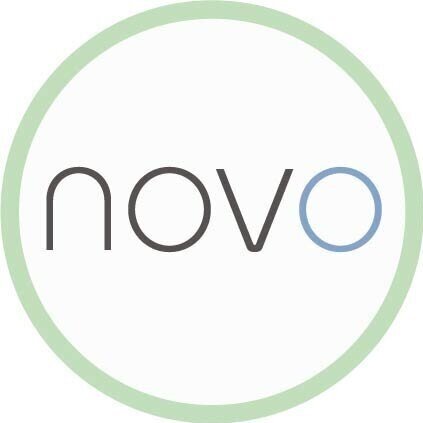Month 01
Introduction
Building your own contemporary ecological home is a long held dream for many of our professional and aspirational family clients. For years, they have ‘settled’ for the drab, unfulfilling and poorly performing homes offered by the volume house builders and are seeking something better. Having a home built to your exact specification, that is a healthy and engaging environment is a wonderful legacy to share with your family. Perhaps you are passionate about the environment, value quality over consumption, or simply appreciate good design and the quality of life that it can deliver? All can be realised through the design and build of your own unique contemporary home.
Developing such a home can however, seem daunting, involving many different parties, processes and statutory authorities. Our aim with this short series of posts, is to provide a quick overview of the process, explaining what to do and when, in the hope of making it appear less overwhelming, enabling you to realise your dream of building your own home. The process is split into 12 months, each month outlining key strategic actions that must be taken. Armed with this framework, you could be starting the build of your new ecological home within the year!
Month 01
Develop your brief
Draft Outline cost plan
Site appraisal
The first step in any design endeavour is to develop your Brief. In simple terms, your Brief is a statement of what you want. Your Brief can be as simple as a schedule of rooms or a fully detailed performance document. Often it is better to develop a statement somewhere in the middle. Start with considering how you wish to use your home; what times of day are important to you; where do you like to relax in your home? Then try to record certain things that you enjoy doing in your home. Perhaps you enjoy reading, or cooking, or bathing? Next, consider how you wish the home to perform. Are there certain energy efficiency metrics that you want to achieve? Perhaps you do not want to use fossil fuels or wish to live ‘off-grid’? Maybe, managing embodied carbon is important to you, or perhaps you wish to use natural vernacular materials? The answers to such questions are fundamental to what your home will become and how it will impact your life.
Once you have established your high level statement, articulating your aesthetic requirements is the next step. Collating images of what you like in the built environment is important, but don’t forget the natural world, colours, textures, tones and patterns that you find engaging and exciting. These are what provide inspiration for the most interesting architecture and will ensure an emotional connection with your new home. Once all this hard work is completed, finally, you need to develop a short list of room and space requirements. This may seem unusual, but it is very important to leave this action to last. As Architects we nearly always have Clients describe their Brief to us via solutions, in this case, the list of rooms. Remember, you are employing your Architect to generate the solution to your problem. Your only job is to articulate the problem effectively!
Your Brief should not just be a list of rooms. Consider colour, texture and materials to assist in giving a sense of connection to the type of home you are looking for.
Task number 2 is simply to develop an Outline Cost Plan for the Project. With your room schedule and areas, you should be able to determine an overall cost for your Project based on a rudimentary square metre rate. There is loads of information available online to enable you to generate a square metre rate for the quality of home that you are seeking. Our own article on our website is a useful start https://www.novo-design.co.uk/blog/what-does-it-cost-to-build-a-passivhaus. For a more detailed Cost Plan our own Novo Cost Model is a very useful tool to utilise, enabling you to capture and manage all project costs at each stage of the process. You can download the free pdf here; https://novocostmodel.com/
Armed with your Brief and your Outline Budget, you are now ready to begin to consider Sites. Site Appraisal can seem daunting, and indeed, if you can afford it, it is good practice to employ a professional to undertake the appraisal for you. If however, you wish to do it yourself, our Site Appraisal Toolkit, is a great tool to take you through the process. Just contact us for more details. Important considerations such as Zoning, Access, Utilities, Orientation, Ecology, Land Contamination, Ground Conditions should all form part of your appraisal. Orientation, Views, and Size are also very important, particularly if you are considering designing a Passivhaus or Low Energy Home. It is also good practice to consider more than one site. This allows you to have an objective view on the chosen site, compared to others. This can be very important in being ‘honest’ with yourself and holding yourself to account; it is all too easy to get carried away with the emotion of it all!
We hope this article has been helpful and inspirational. Our next article in the series will look at Month 02 and Securing Your Site. If you would like to know more, you can contact us here.



